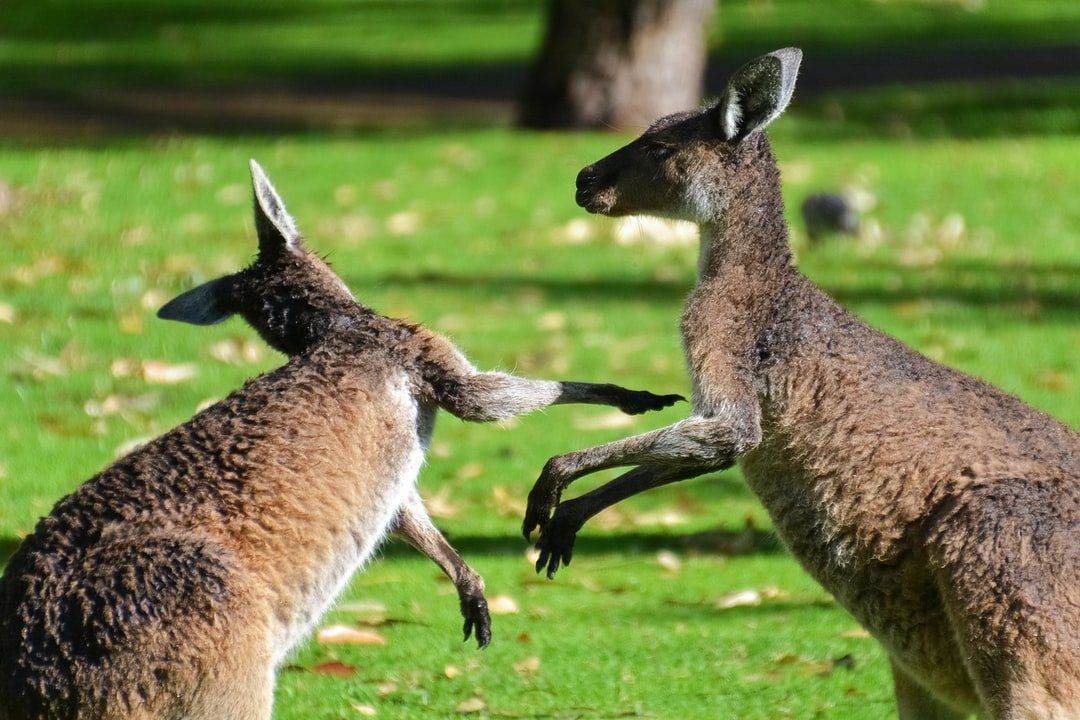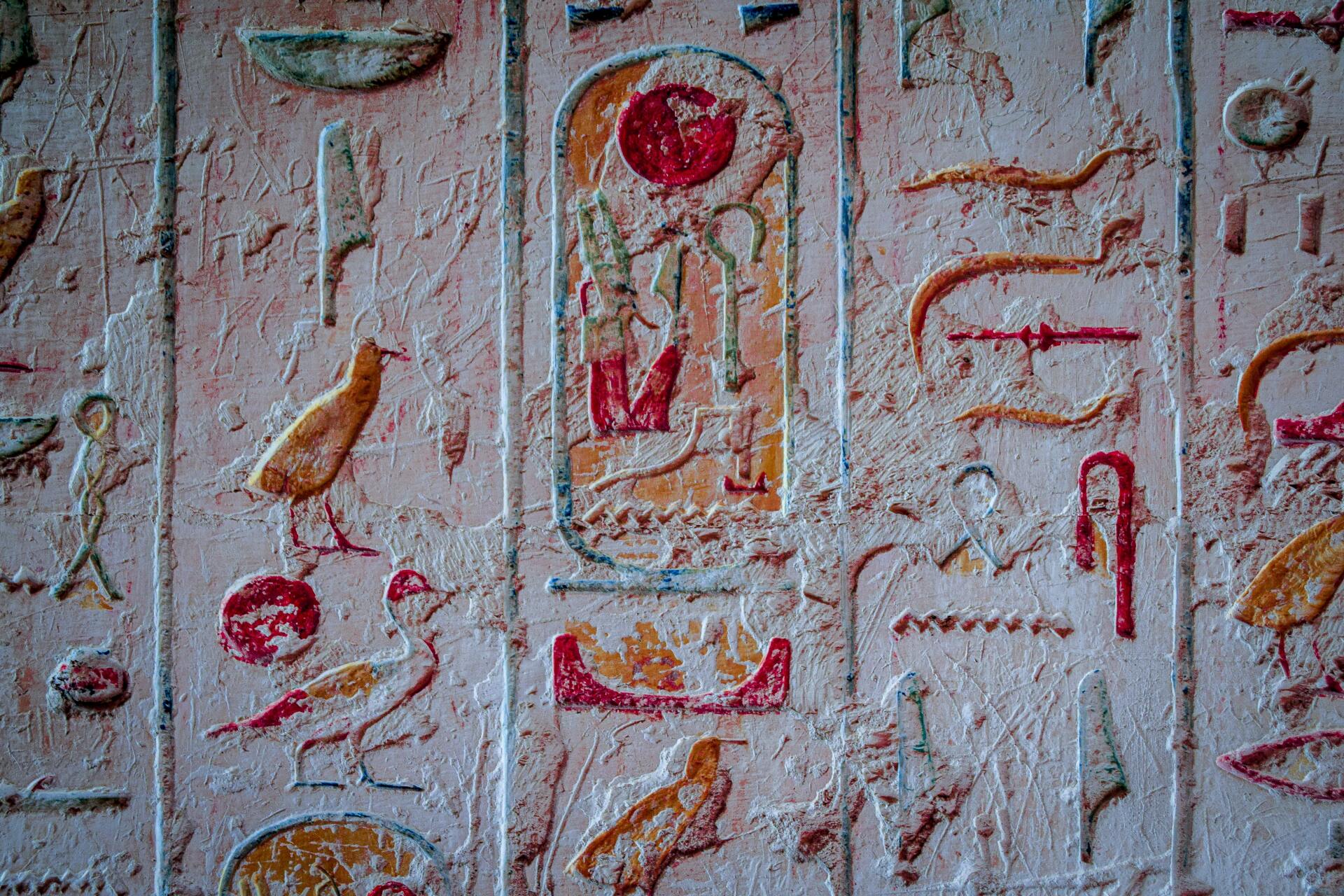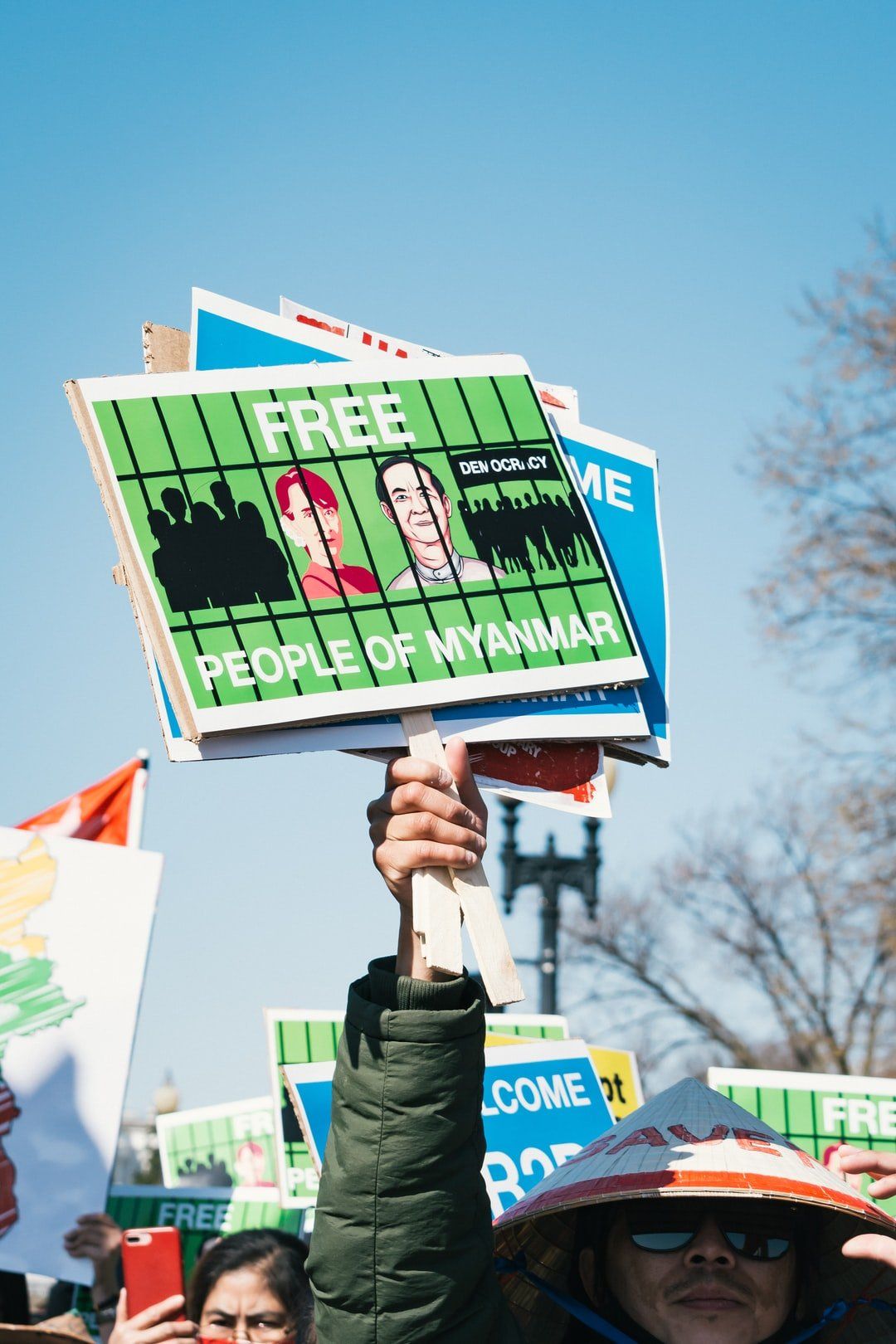DIGITAL CULTURE
Emojis and Digital Communication
Digital communication has changed rapidly since the onset of the digital age but emojis have only gone from strength to strength since their inception in the late 1990s. This article will cover the impact emojis have had on language and culture. It will conclude with a comparison of hieroglyphics and emojis and what this development tells us about in culture and language in the digital age.
By Suzanne Flynn
August 9, 2021
The 🔅 goes 👇 in 🇮🇪 and it's 🌧️ in 🇪🇸.. If you can understand this sentence, you might be fluent in the world's fastest growing language (1). Emojis have become commonplace in our communication over text and social media in particular. It is arguably an unsurprising development given the universal nature of the emoticons, which have spawned merchandise and memes, resulting in a simplified form of pictorial communication. The first emojis were created by Japanese artist Shigetaka Kurita in 1999. These rigid gameboy-esque symbols would become the blueprints for the nearly 3,000 emojis that exist today.
Double Meanings in Emojis
According to the documentary “The Emoji Story” released in 2019, emojis are often associated with positive use, with the most popular emoji being the “face with tears of joy” 😂. What this indicates emotionally and linguistically is significant. Is it the case that if someone is expressing negative sentiment that they feel an emoji desensitises or devalues their human emotions? Are words better equipped than emojis to convey sadness, rage, jealousy and so on? It could certainly be argued that if someone sends the “angry face” emoji 😠 , this is not taken as seriously as someone typing “I am angry with you”.
Societal interpretation of what emojis mean also intersects with emojis and culture. While most people can agree that the smiley face emoji invokes positive connotations, there are some emojis which carry double meanings. The most obvious examples being the association of the eggplant/aubergine emoji with male genitalia and the nail painting emoji carrying the implicit meaning of “sass, fanciness, nonchalance, or self-confidence across a variety of digital contexts.” according to dictionary.com.
Status as a language
The aforementioned quote regarding emojis as the world's fastest growing language may not hold firm in the eyes of linguists. Verbs cannot be conjugated, adjectives are difficult to convey and it is nearly impossible to come up with a full sentence using only emojis, as I illustrated in my introductory statement above. In addition to these concerns, there has been doubt
expressed as to the permanence of emojis as a tool for communication in the digital age. If their status as a language fails, one could argue that they are certainly aids that can be used to break down language barriers, as emojis are universal symbols which the majority of the population will understand almost immediately. Much of what makes up a culture revolves around language.
Ireland for example retains its native language “Gaeilge” on all national road signs, public transport infrastructure and official state documentation, and is still considered an integral part of Irish culture, despite the fact English is the primary language spoken by the majority of citizens. Many cultures also hold their language and often dialects as a particularly proud element of their identity, so where do emojis fit into our culture? In addition to our nationality, our friends and family and how we communicate in our social groups, do emojis belong to our digital culture and identity?
Unicode - Emoji Approval Process
In considering the meaning and interpretation of emojis in culture, Unicode plays an essential role. Bringing the human element back to digital communication is at the forefront of Unicode's work. The organisation serves as the “World Standard for Text and Emoji “with the aim of modifying text to create a “universal code” which all users, whether they operate on Apple or Android software, are looking at the same content when data transmission occurs.
Unicode also oversees the approval of new emojis. The aforementioned documentary “The Emoji Story” looked particularly at the approval process surrounding submissions for argentinian mate,
headscarf 🧕 and period emojis. All of these submissions were ultimately successful, having met the criteria to produce an emoji that was globally relevant, but these submissions are exceptional. The emoji creation process takes around 2 years according to the new chair of Unicode
Jennifer Daniel. A particularly positive development in the emoji vocabulary in the last 5 years was the introduction of female emojis. The
fact that it did take until 2016 for the female option to be included despite the fact that women are heavier emoji users than men [1] could arguably say a lot about our culture and how the lack of representative emojis speaks volumes about how women are perceived in particular.
Regression from words to pictures - High Speech to Hieroglyphics?
In regard to whether emojis can be considered as elevating modern language and communication, we have to look at an average conversation online. Much of today's conversations online consist of pictures and even text speak which rose in popularity in the early 2000s and still remains a common element of a lot of people’s communication today, with acronyms such as LOL, BTW and TTYL still very much in use.
When we look at ancient Egypt for example, one of the most advanced societies of its time, hieroglyphics were the main form of language and can be described as similar to emojis in their aesthetic. Will we regress back to pure hieroglyphic-like communication, purely through symbol and picture, or are we seeing something more akin to the Book of Kells? The ancient writings originating from 800 AD intriguingly depict intricate drawings in the middle of sentences throughout the transcription of the New Testament, not dissimilar to how emojis are used today.
What is interesting to consider is to contrast the fact that emojis are generated by just one tap on a phone screen or keyboard, while hieroglyphics require hours of transcribing. In the modern world when there is an emphasis on speed, progression, user friendly interfaces, it is interesting to consider the appeal of emojis. What better way to communicate than just by sending a small byte sized picture of exactly what we want to say?
References
1.Caroline Criado-Perez (2019), Invisible Women: Exposing Data Bias in a World Designed for Men, Vintage Publishing.
Suzanne Flynn graduated with a joint honours degree in Law and German from Trinity College Dublin in 2020. She is currently working in the insurance sector but will be pursuing an LLM in Law and Technology at Utrecht University in September 2021. Suzanne is researching for Kittiwake with the Institute.
Read More

Watch Our Episodes





